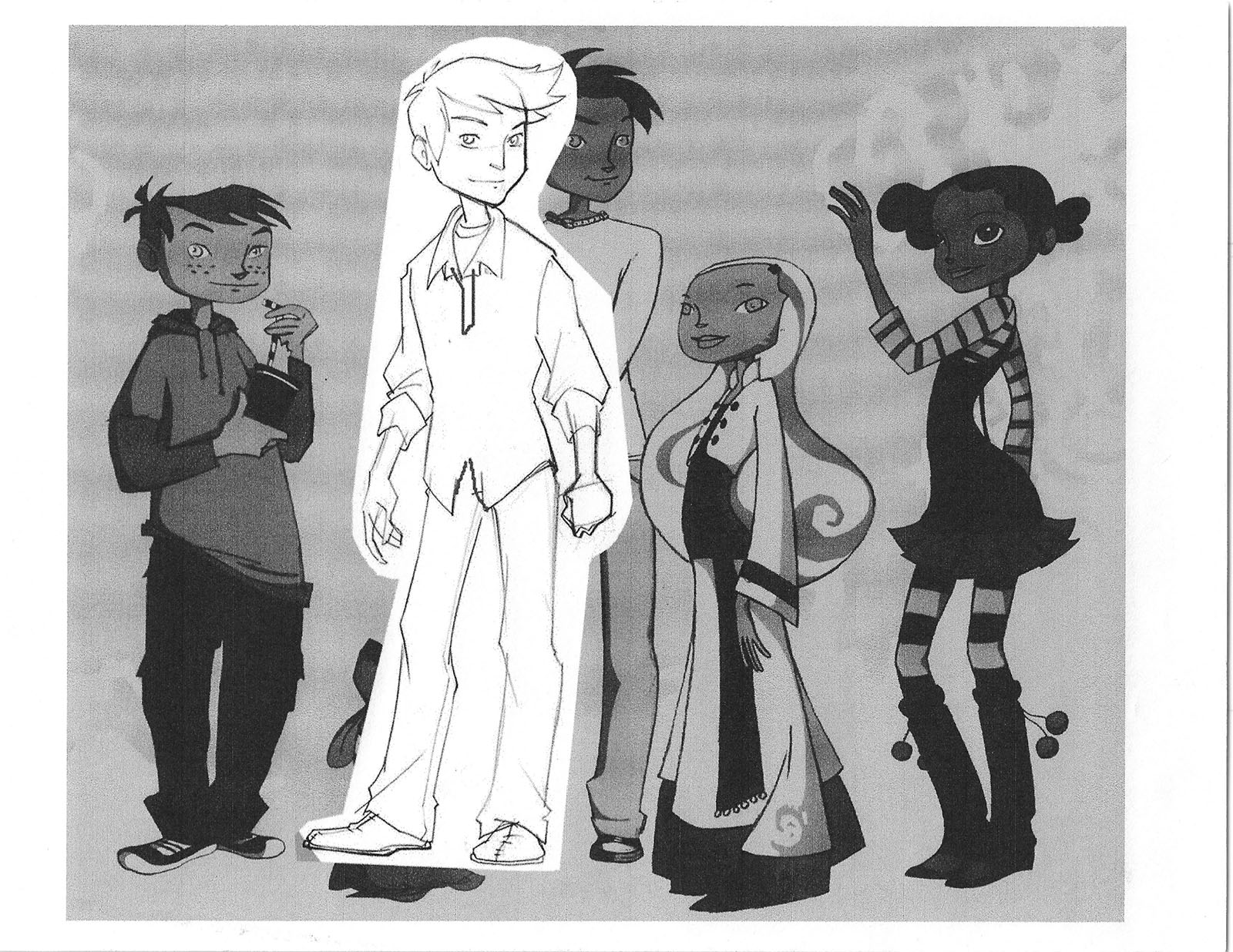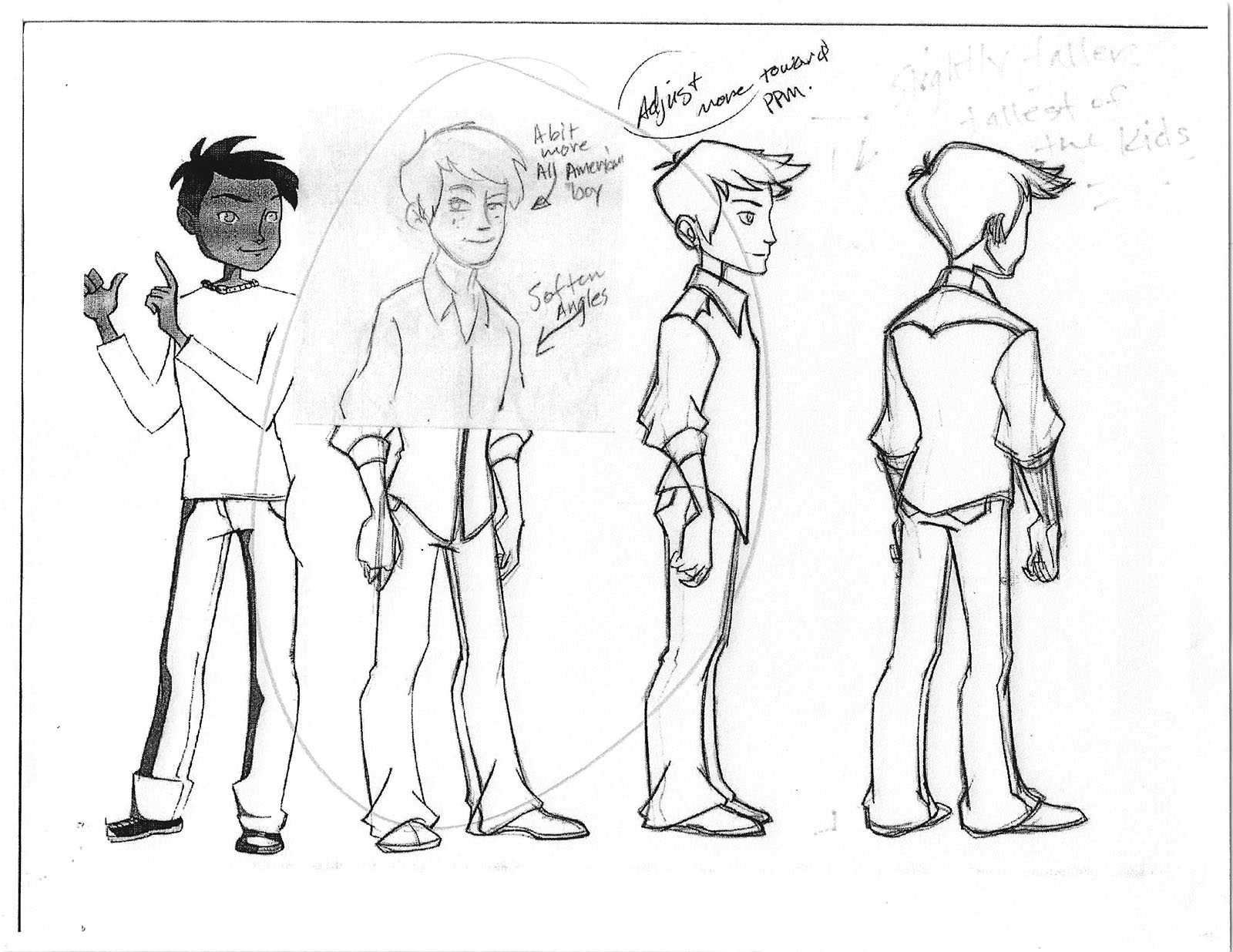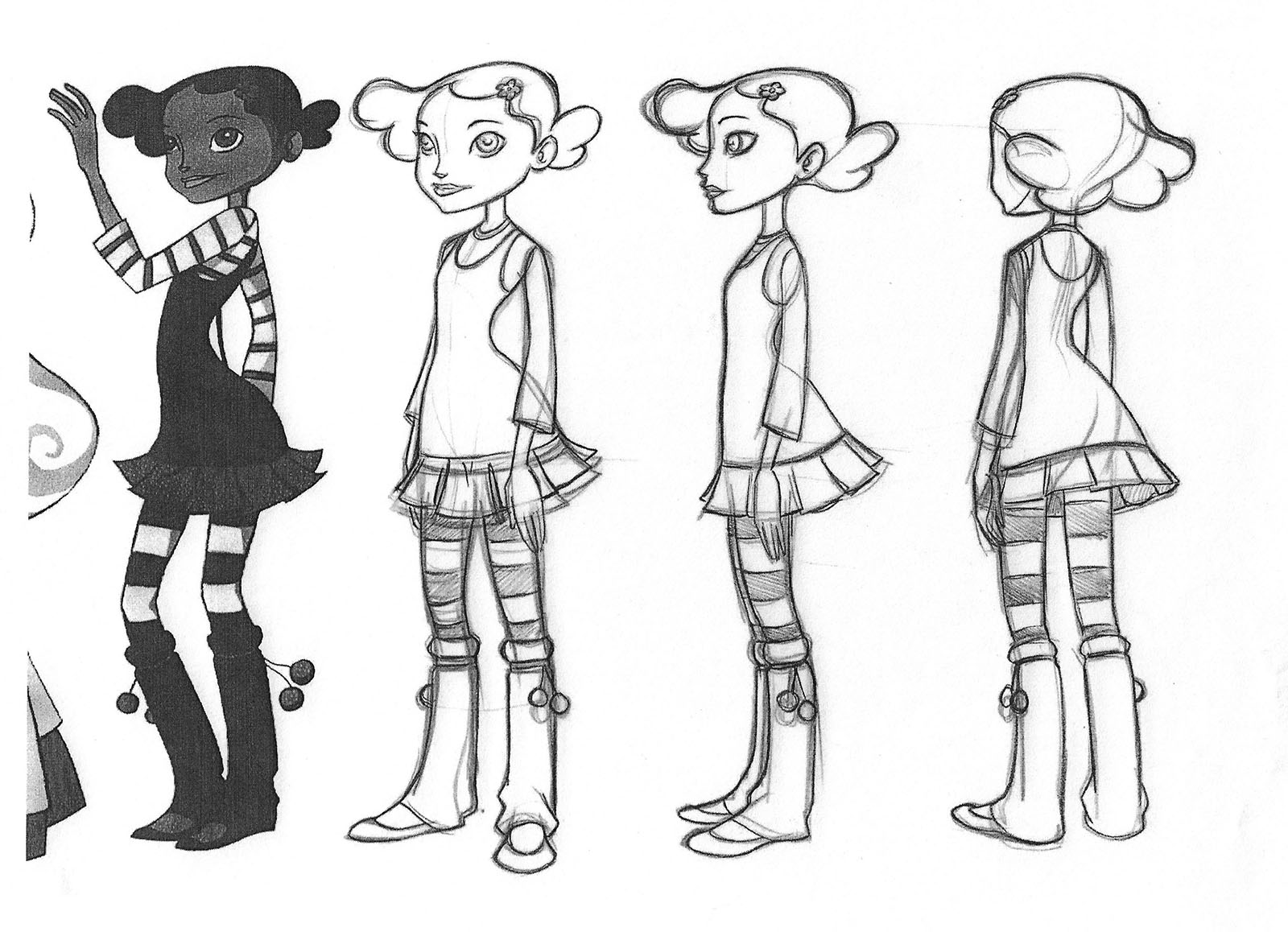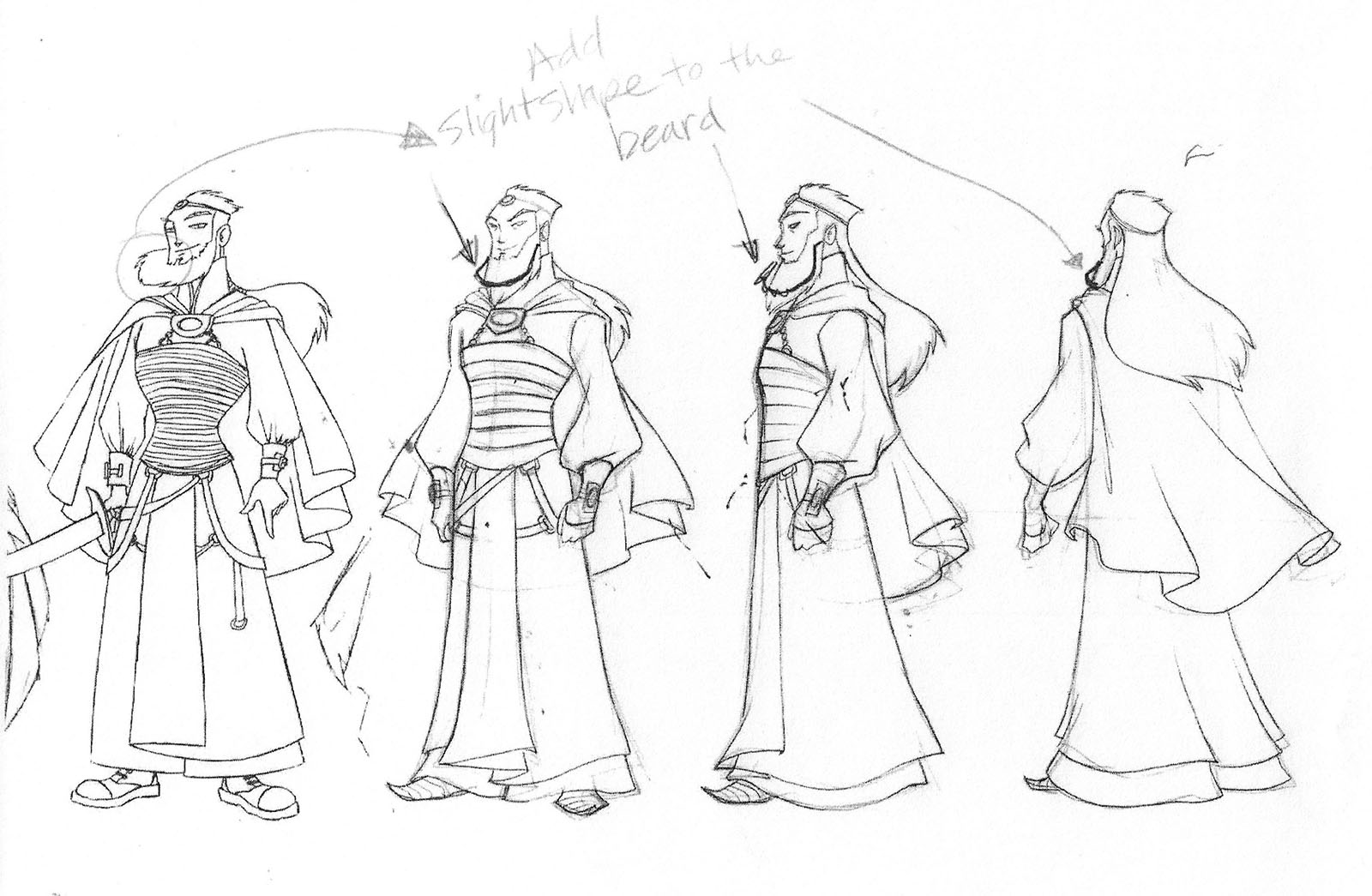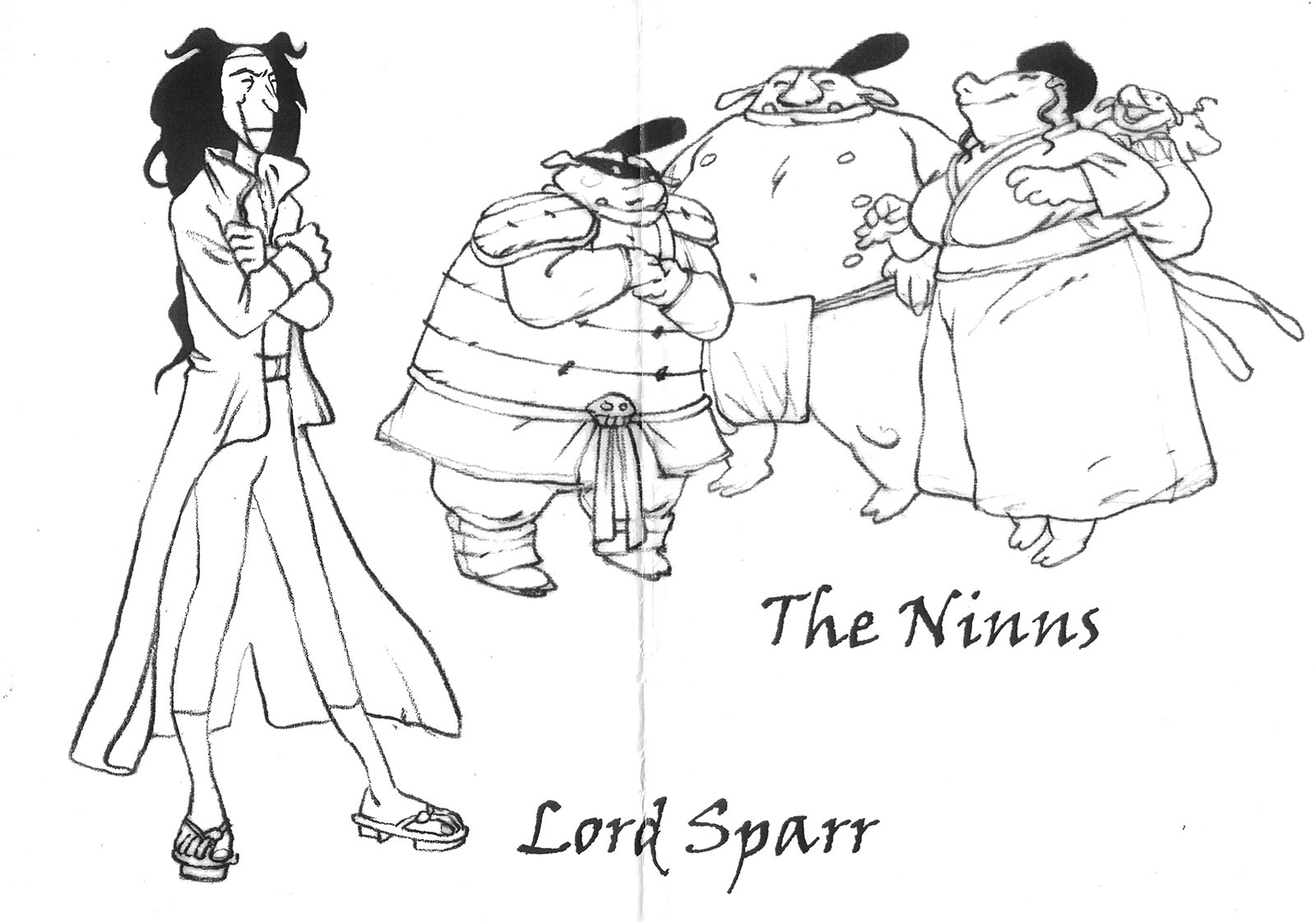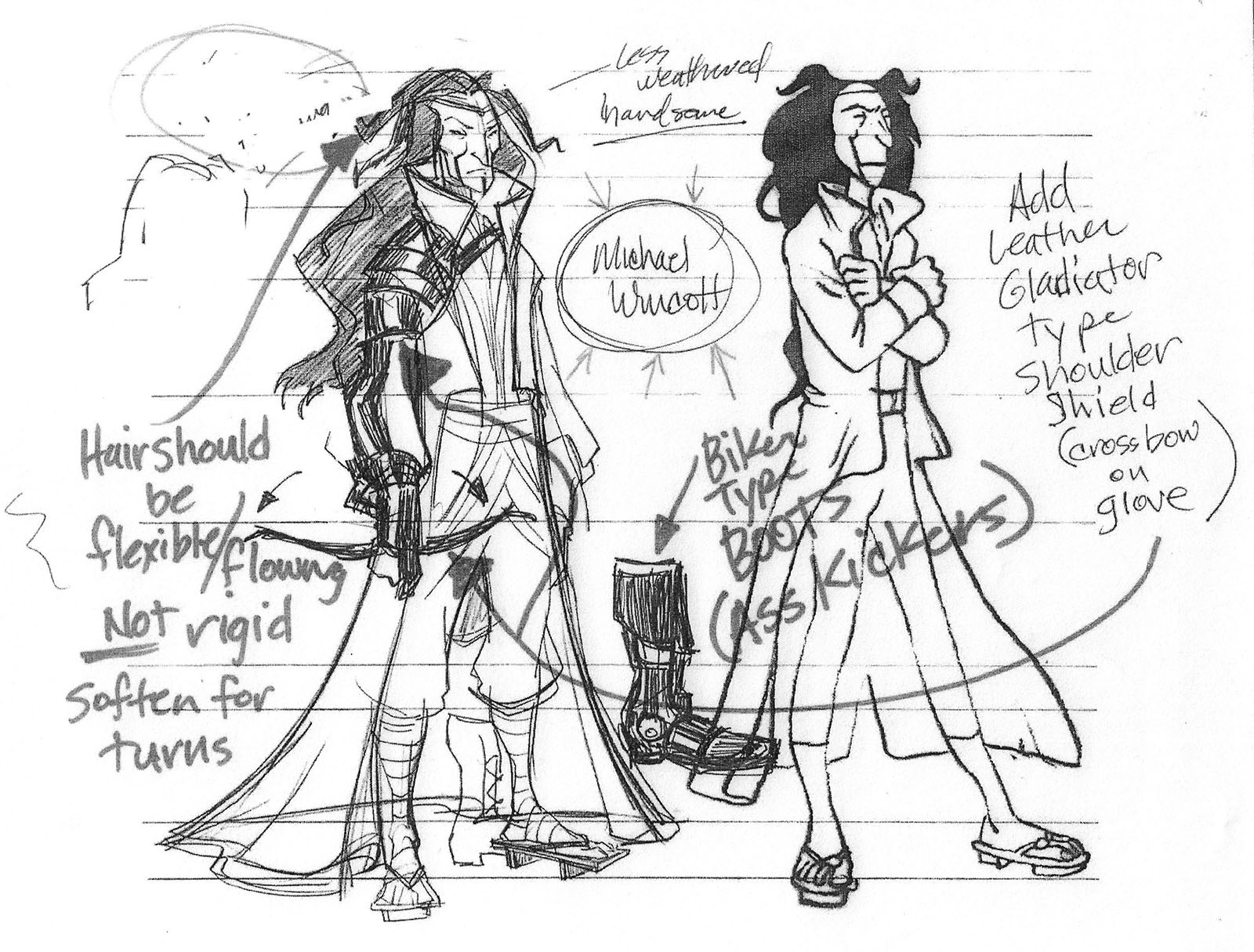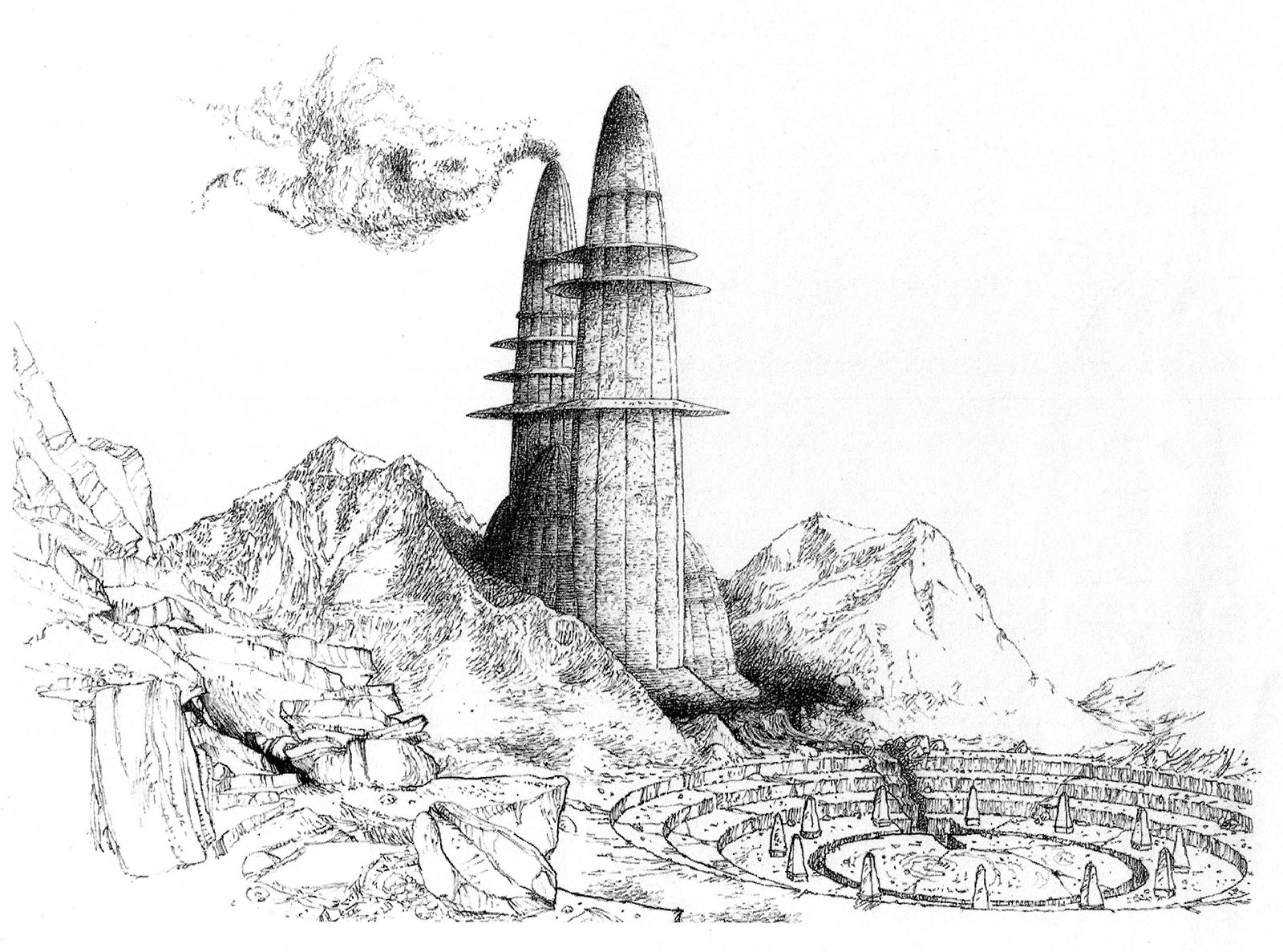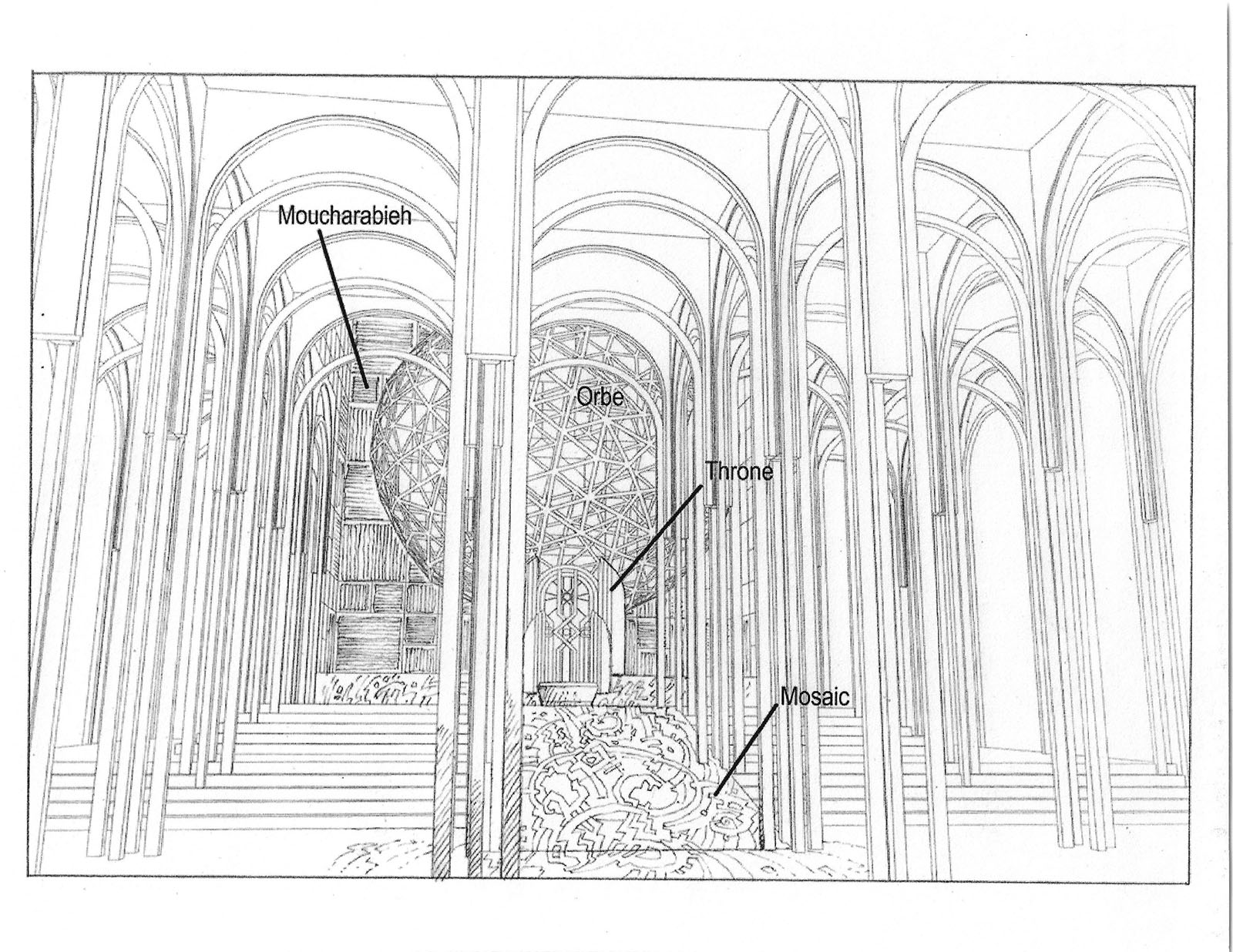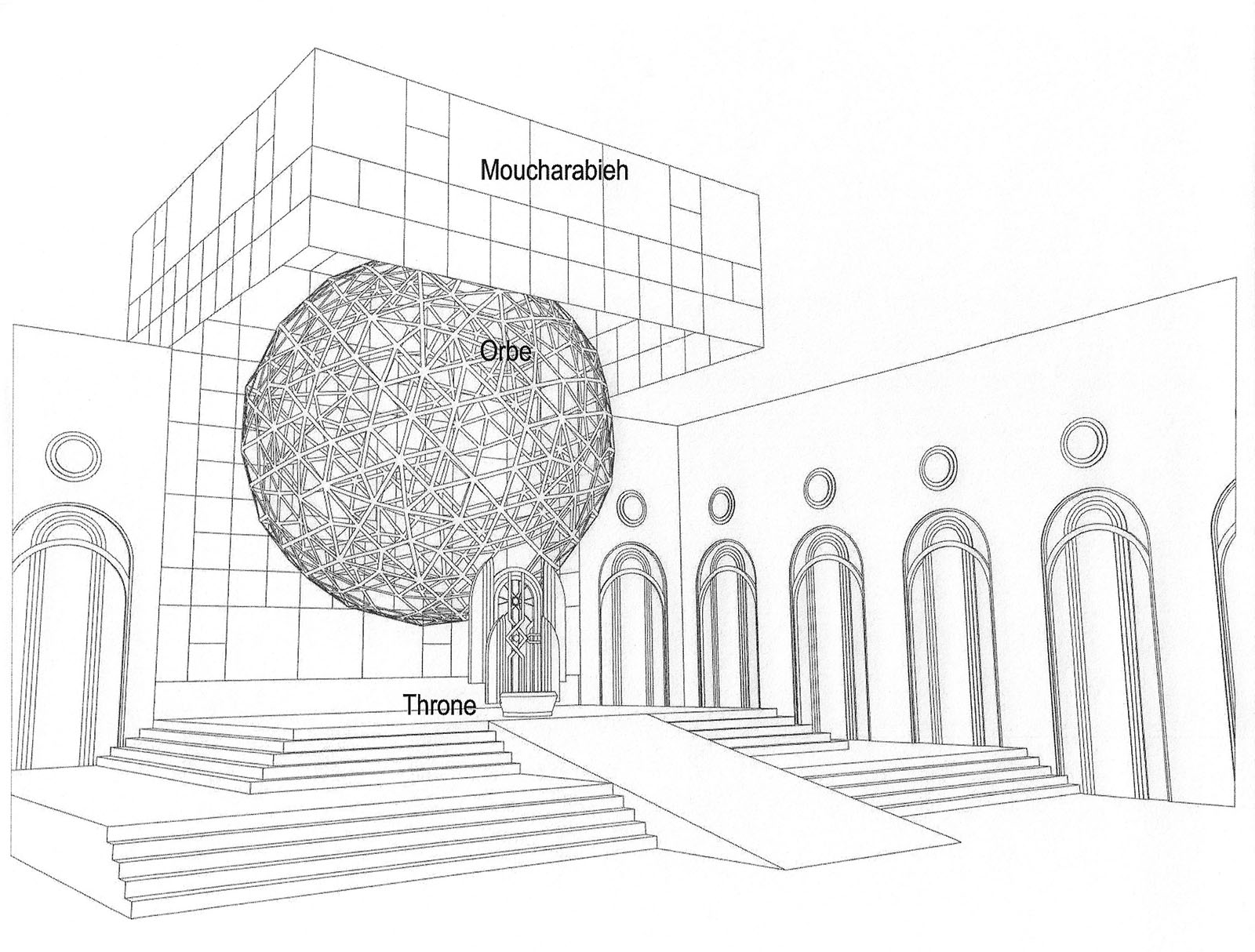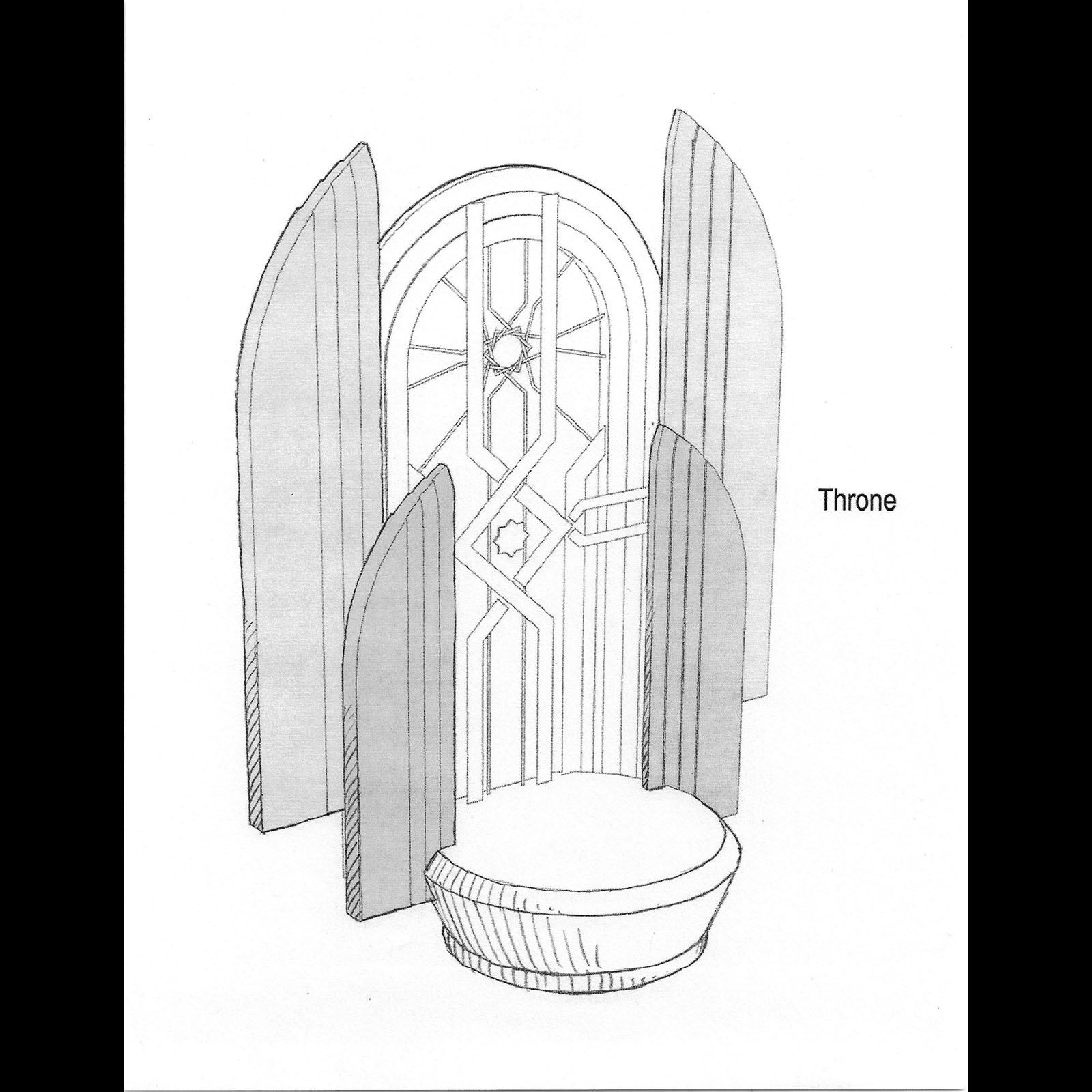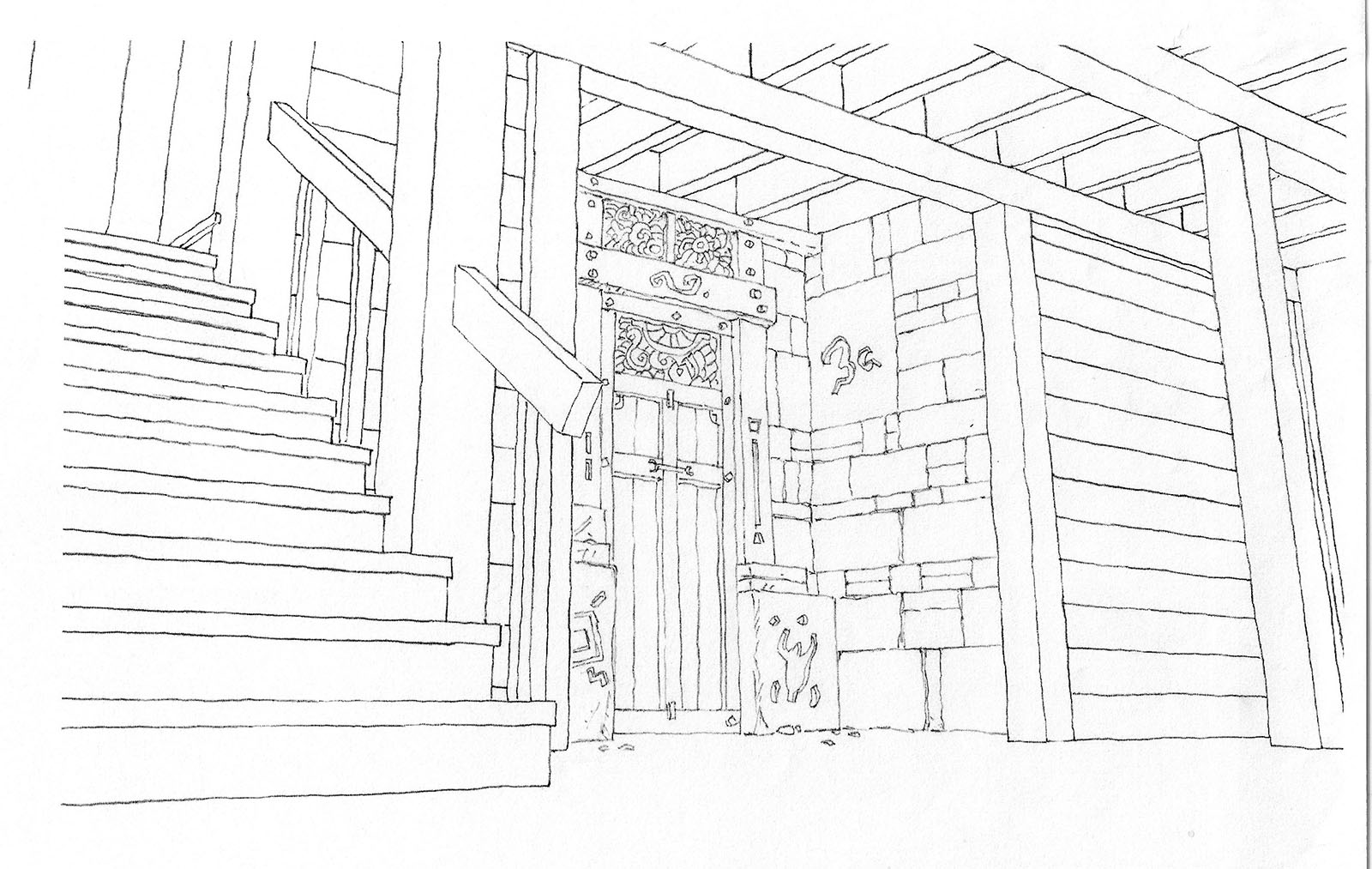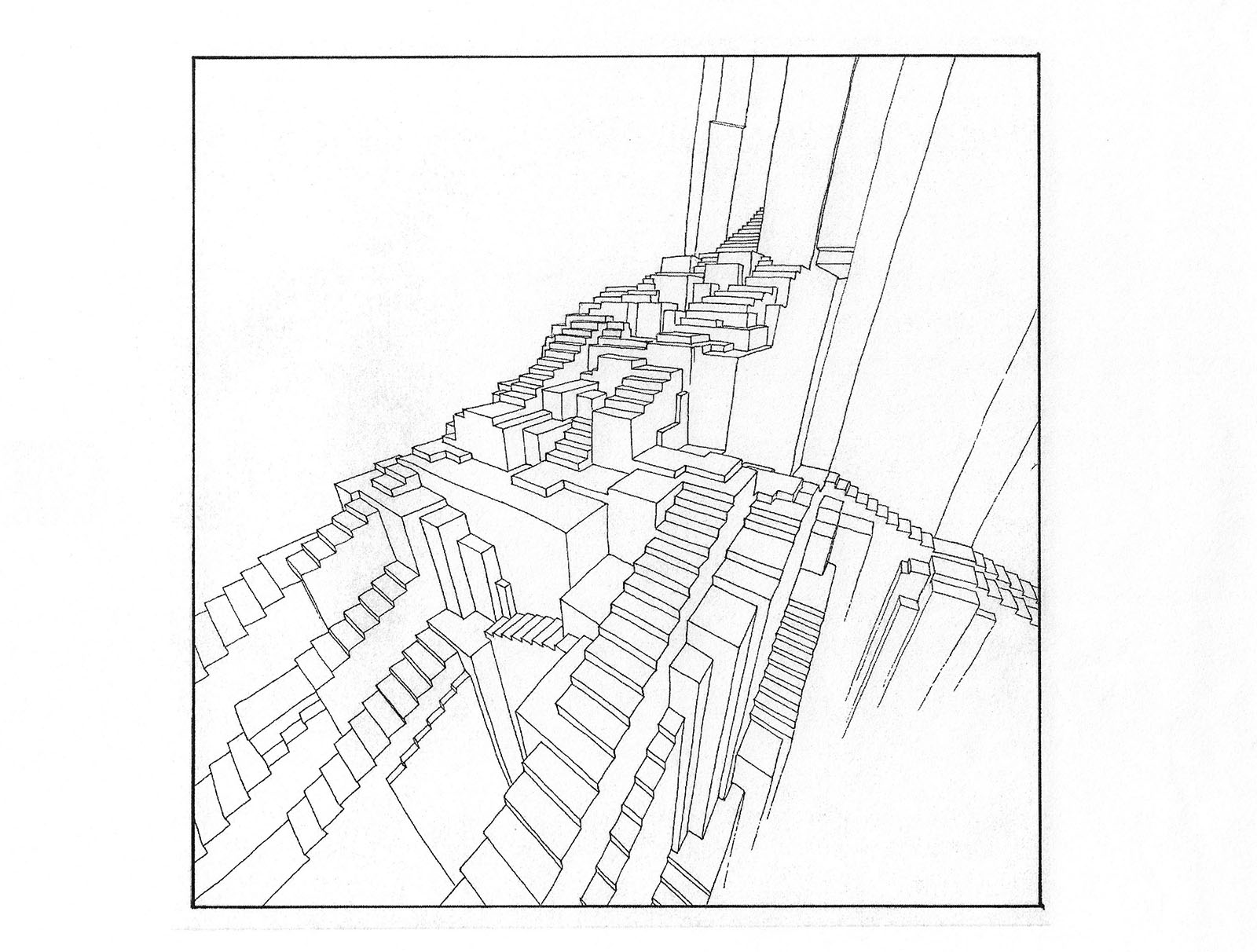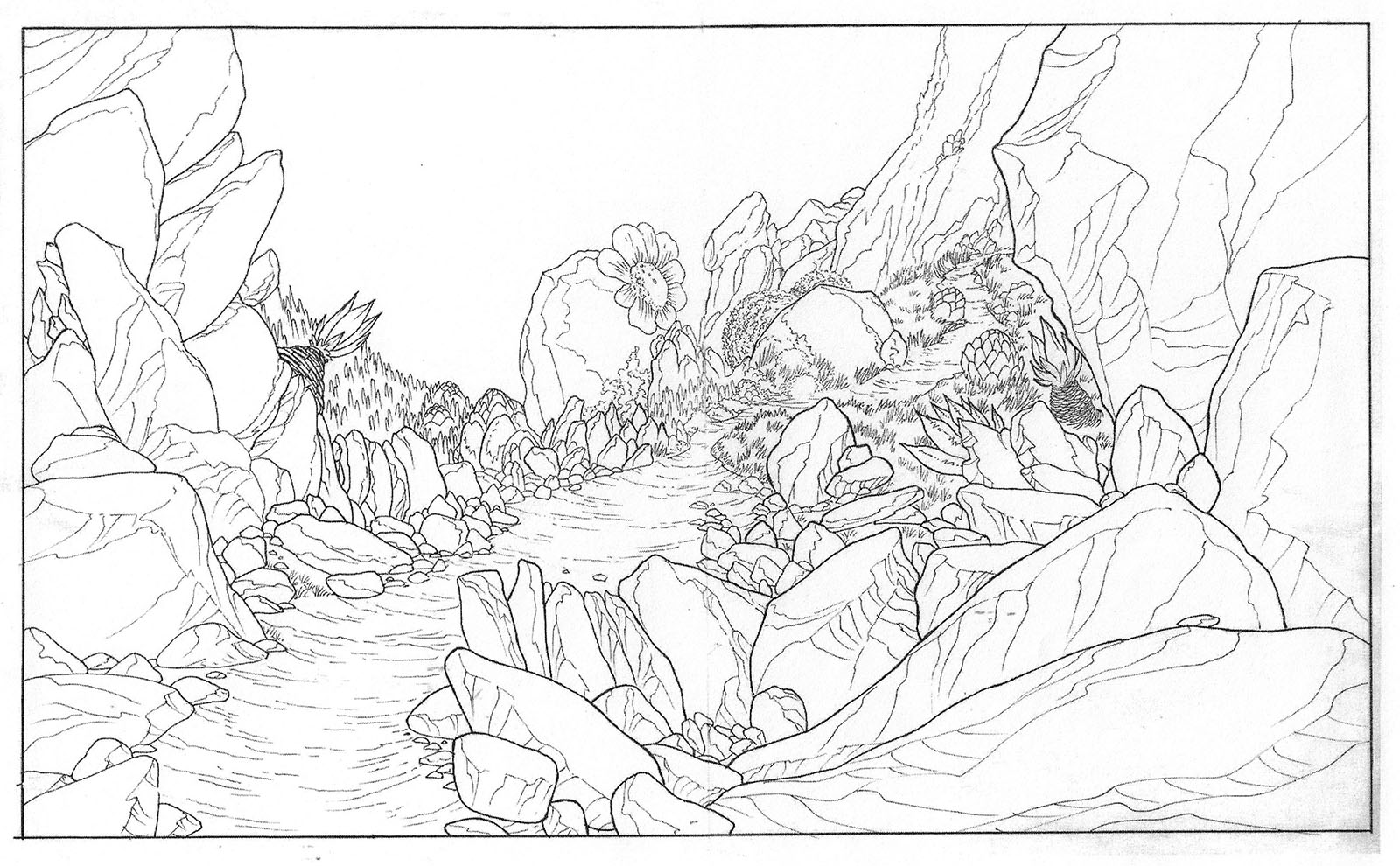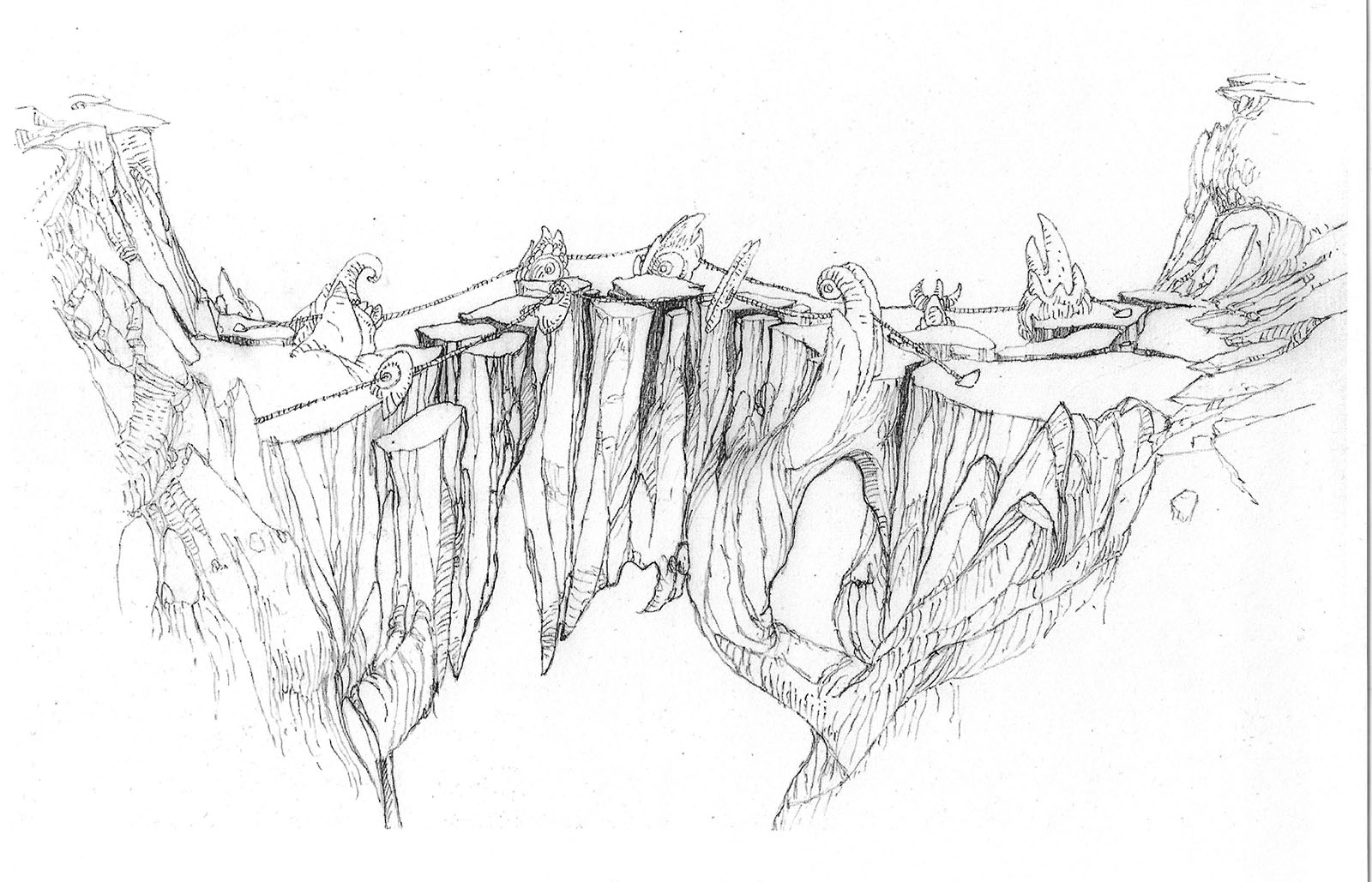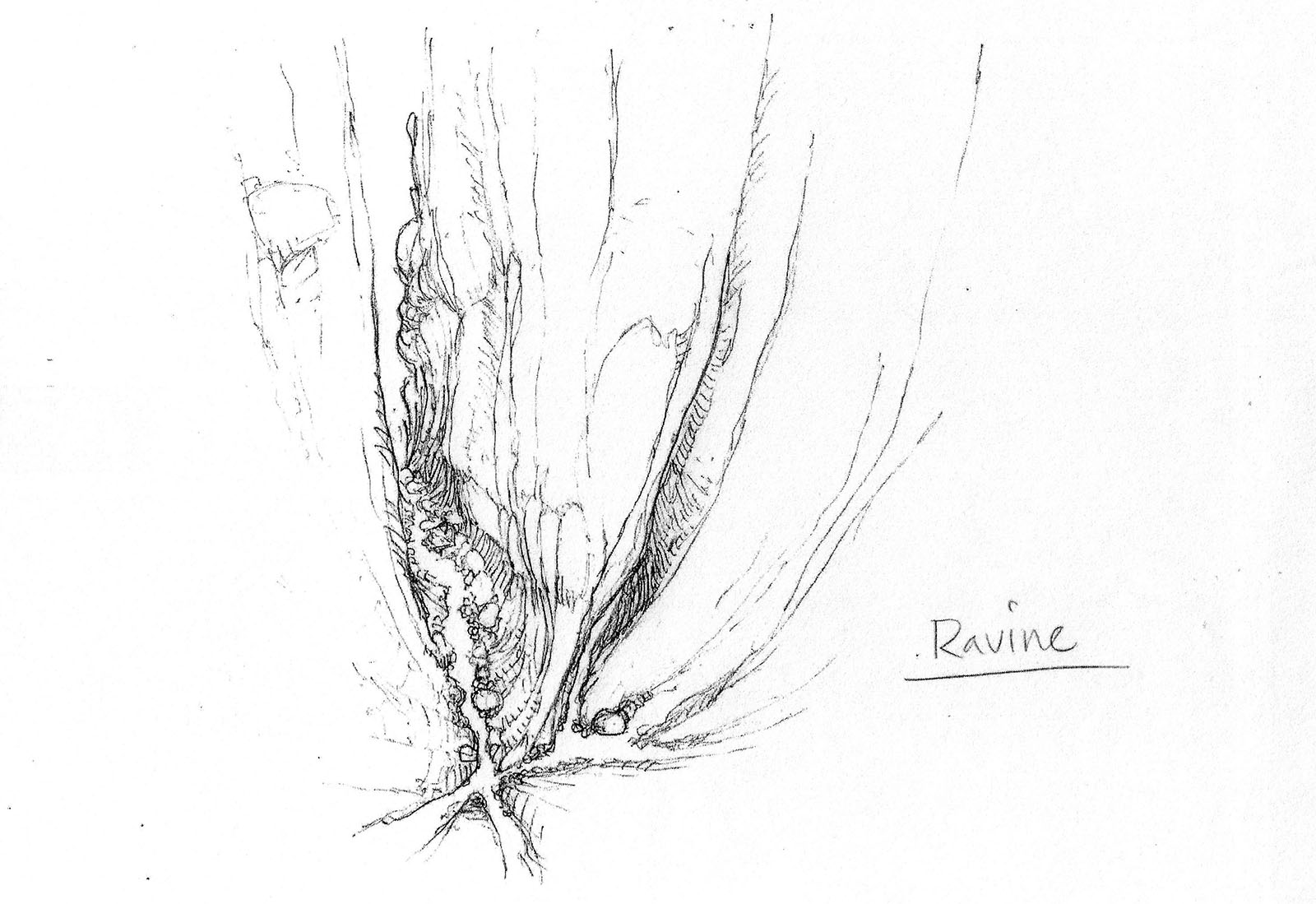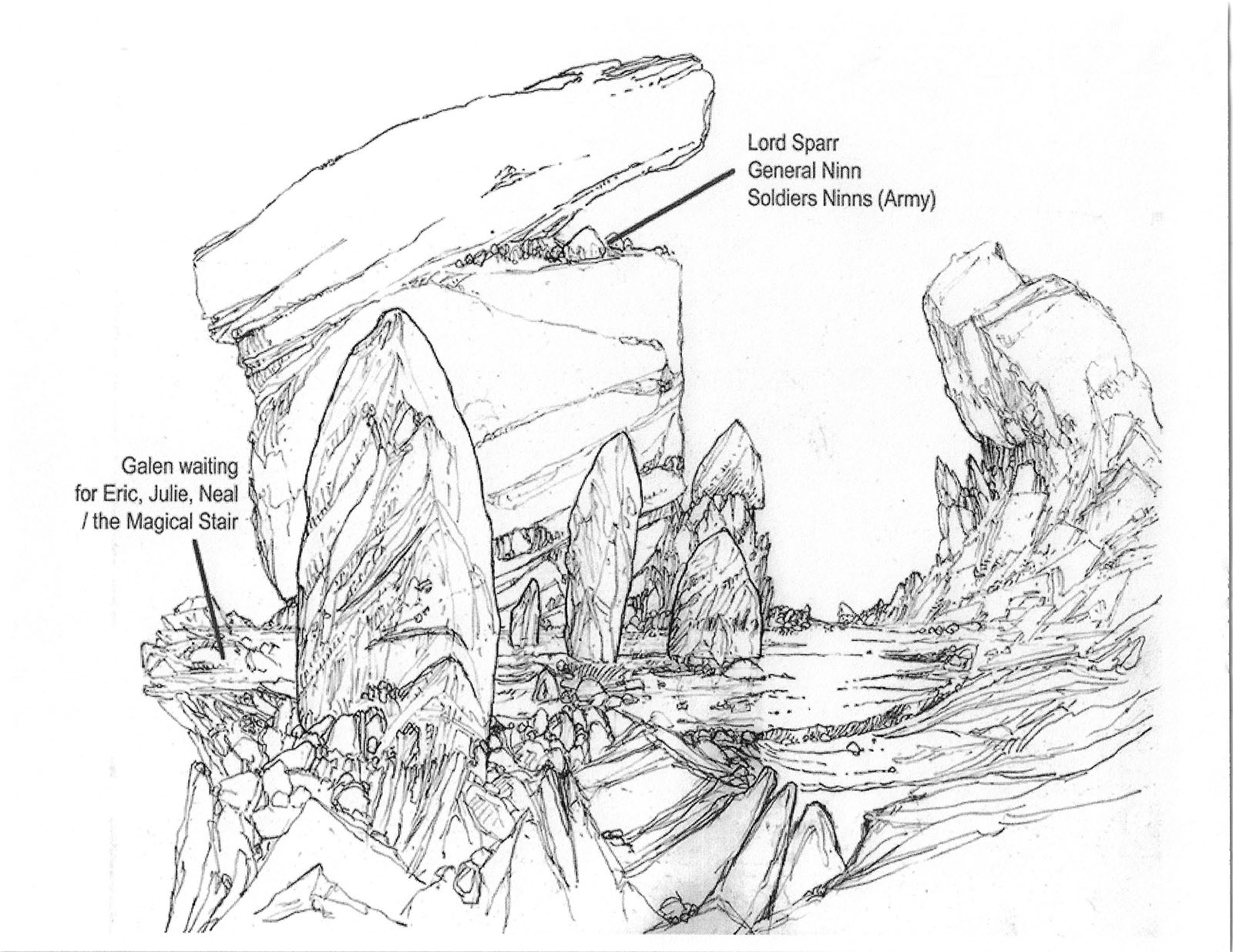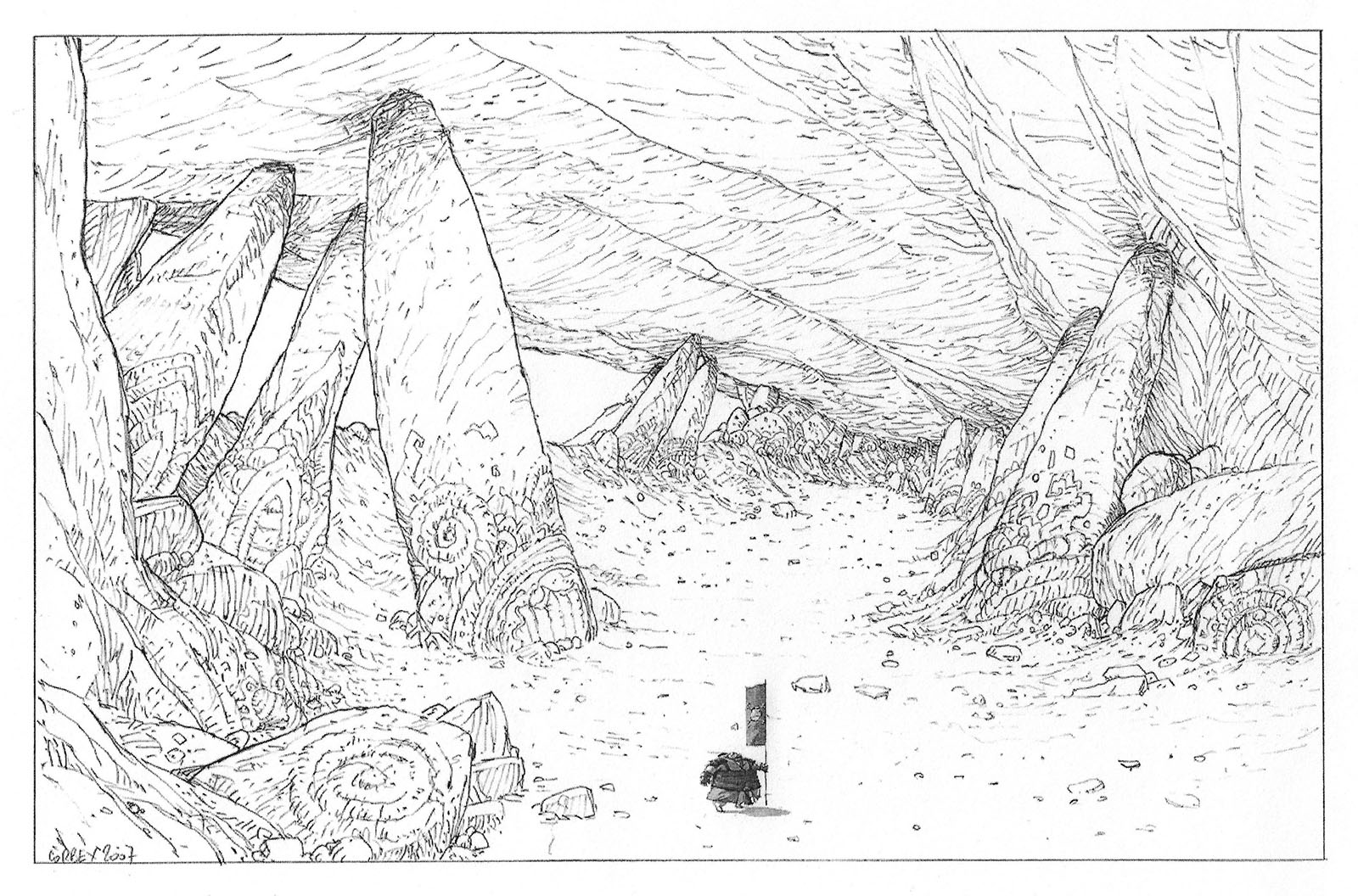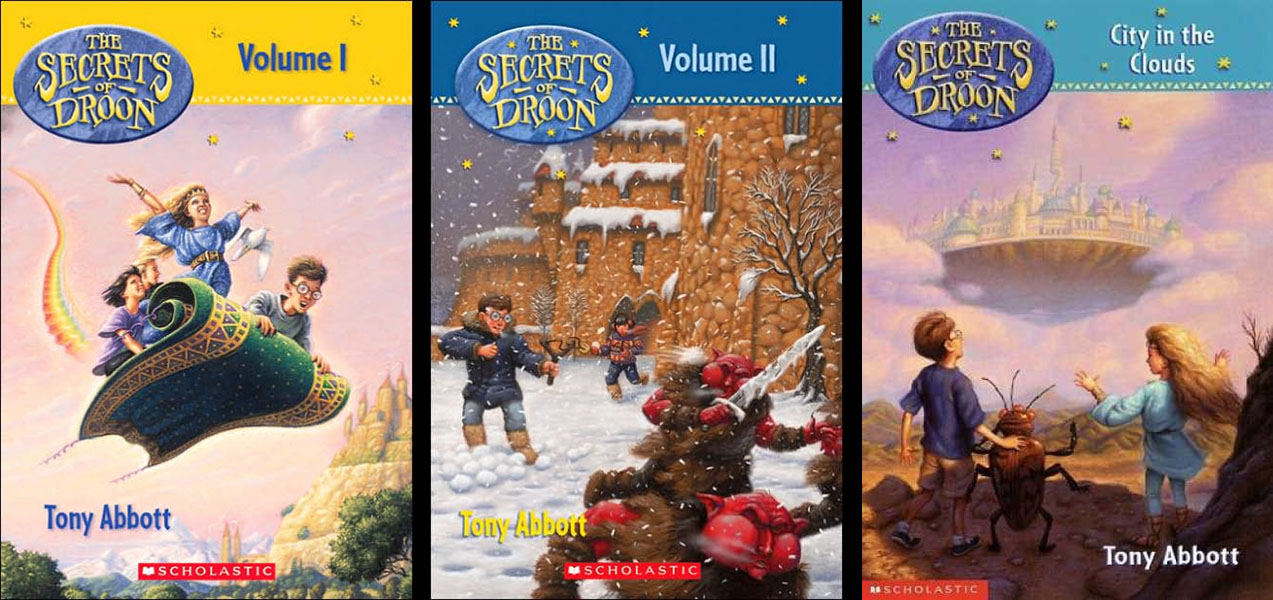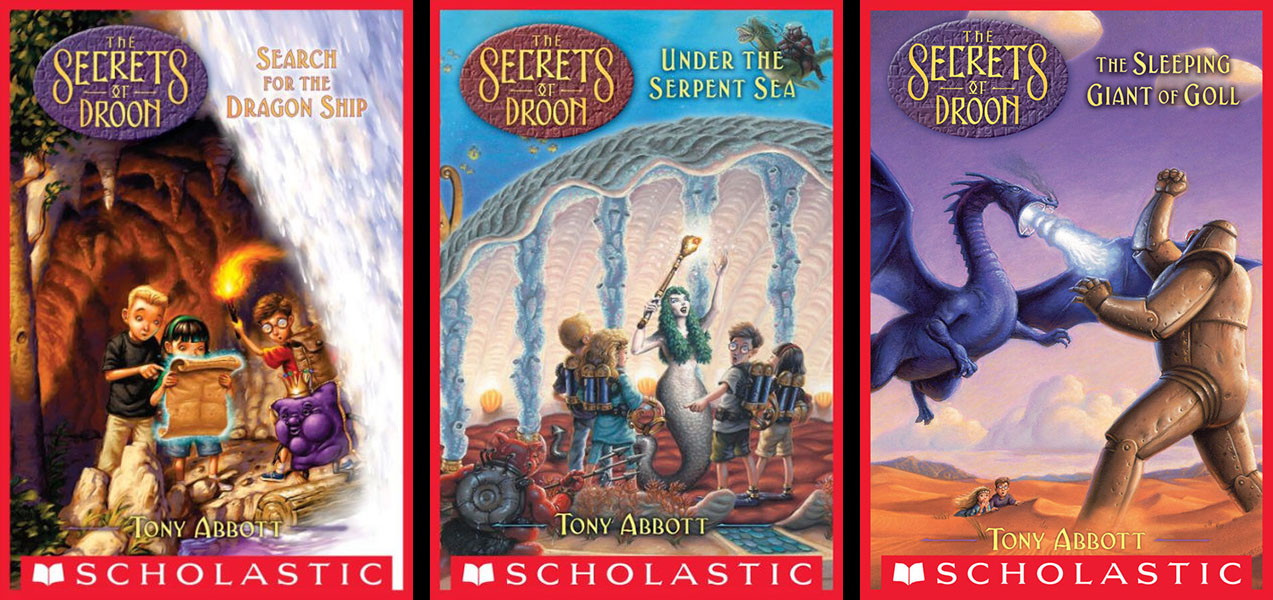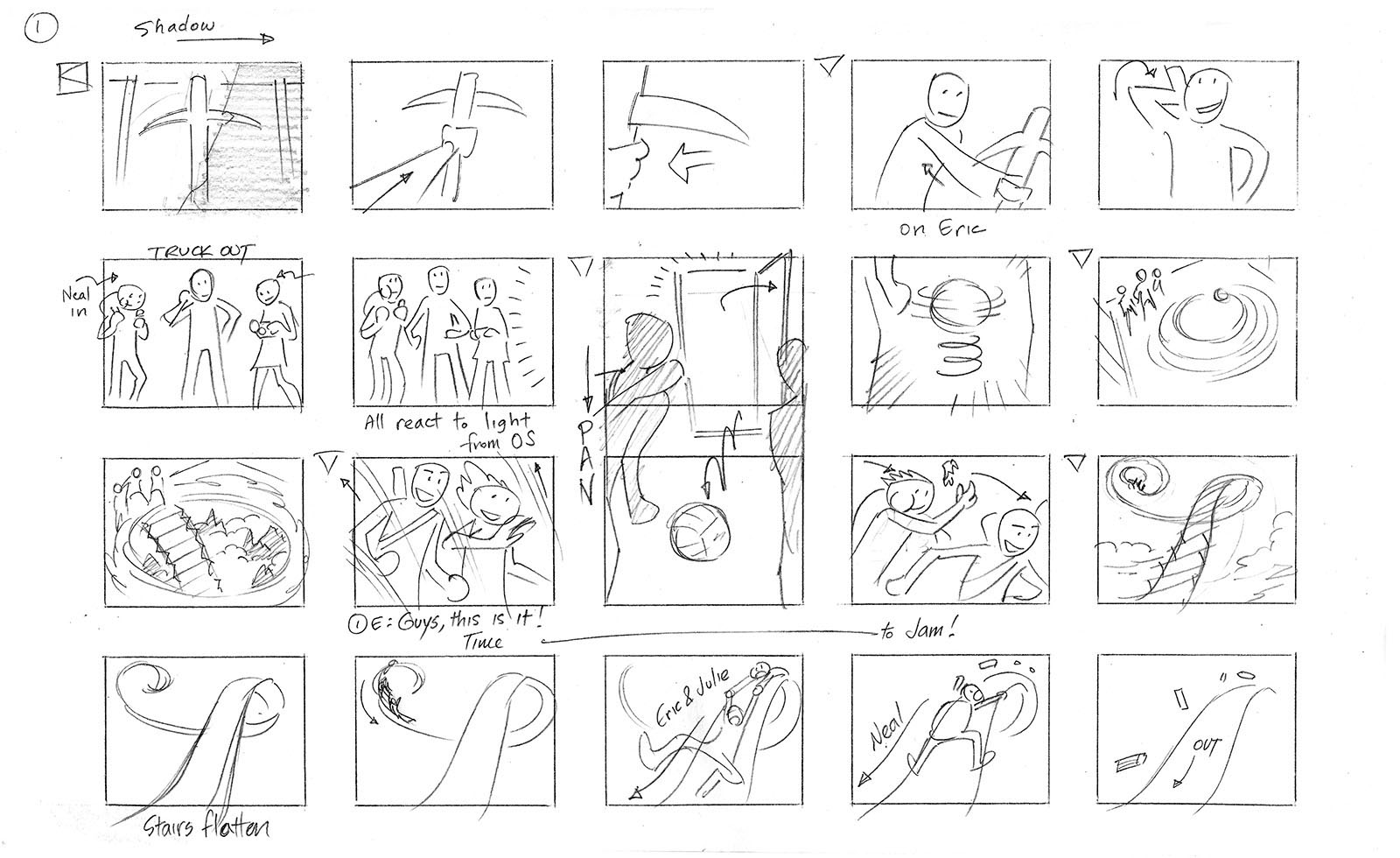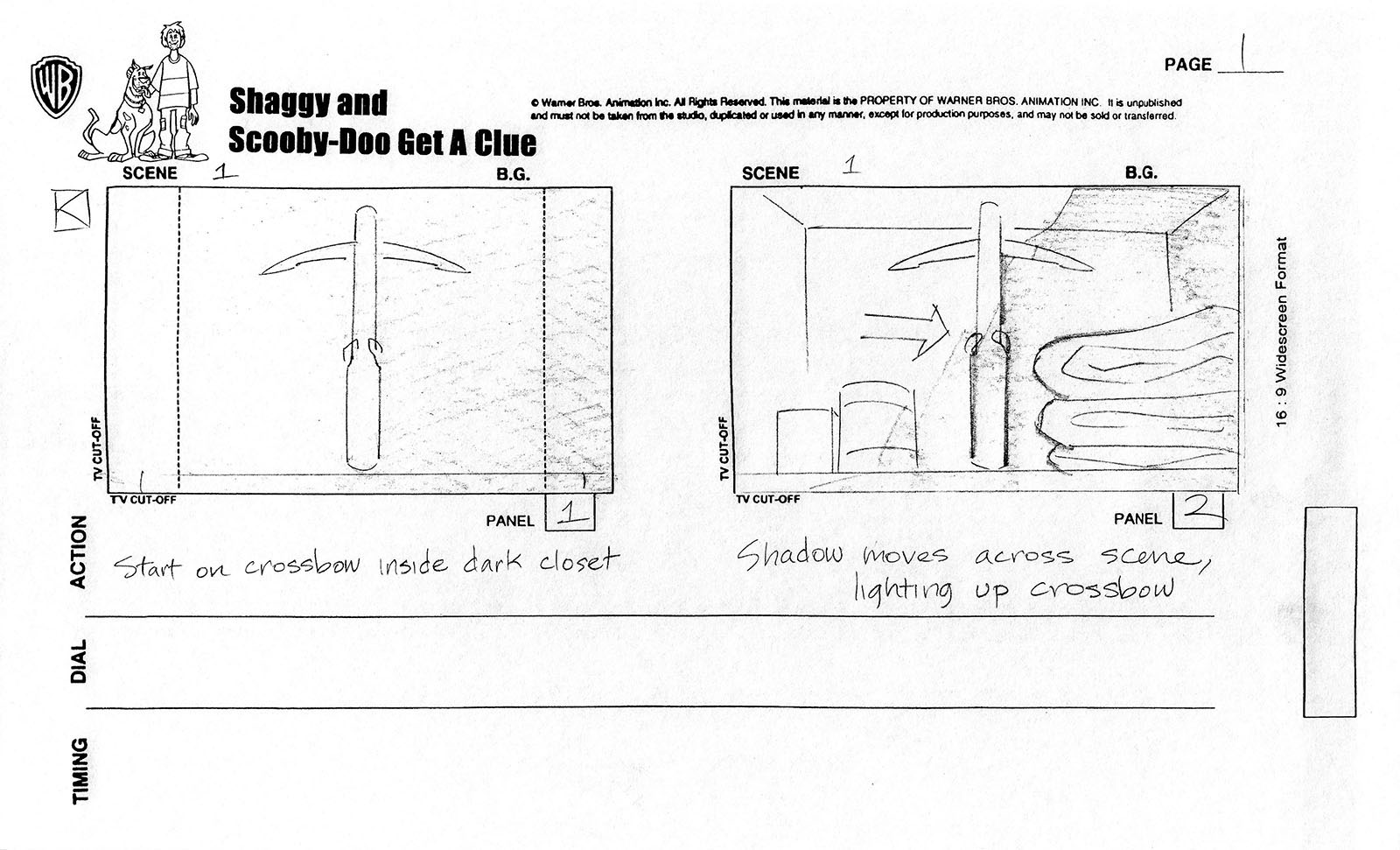The secret of The Secrets of Droon, 2007
When I hoped to one day have a prosperous and busy art career, I didn’t realize one of the indicators was that I’d do SO much work that I’d forget about some of it. Every one of my projects, in comics, TV, or whatever, was completely engrossing at the time. They consumed all of my creative attention from start to finish. While caught up in that process, I couldn’t imagine that I would one day be surprised to discover it in my archives, as if it was put there by someone else.
It’s rare, but it has happened. This project right here is one of them. I’ll piece together the clues and explain it as best I can.
I spent a lot of time in the 00s working for WB Animation Studio. I was on staff there for the first season of Xiaolin Showdown in 2003, after which I went freelance and bounced around between Teen Titans, Scooby Doo, Batman, and others. The nice thing about bouncing around is that it exposes you to different production teams and more projects.
Every studio back then constantly had new things in development, and I always loved getting tapped to work on pilots. It gave me something fresh to draw and put me in a privileged position if it got picked up for a series. On the other hand, developing TV shows is a game of diminishing returns. For every ten shows that get pitched, maybe one gets a development deal. For every ten shows that get developed, maybe one gets a pilot. For every ten pilots…etc. So the odds aren’t great. But somebody still gets to storyboard them, and sometimes that somebody was me.
The Secrets of Droon was a long-running series of fantasy novels for kids that started in 1999. Author Tony Abbott wrote an impressive 44 books over about ten years (one book every quarter, an incredible creative output). The timing made it a contemporary of the Harry Potter series (perhaps you’ve heard of it), and it’s exactly the sort of property that would have caught a producer’s eye as a way to grab some market share.
There are a number of ways such a property can get into the system for consideration. A publisher (or an author’s agent, depending on ownership rights) can approach a TV network, or vice-versa. In this case, it originated as a co-production between French-Canadian companies named Production & Partners Multimedia, SAS, and Template Entertainment, Inc. How it got to me is where my memory gets fuzzy. Since I drew the storyboards on WB paper, that tells me it was a WB project. If so, WB probably acted as a subcontractor. It would have been assigned to a producer who took it through the steps of development on its way to a pilot. Storyboards are the blueprint for animation, so a storyboard was required.
You need two things to start a storyboard: (1) a script and (2) a design pack of the characters, props, and backgrounds that appear in the script. These two things were worked out before I signed on. I didn’t retain a copy of the script, but based on my thumbnail boards I’m guessing it ran about ten pages (a full episode runs about 25 pages).
The script converted to 14 pages of thumbnail boards (280 individual panels), but I didn’t end up expanding all of them into full-size storyboards. For whatever reason, I only drew 6 pages’ worth. The most likely explanation is budget; if they were to be animated, they would probably yield about 3 minutes of screen time, which would be enough to shop around as a so-called “sizzle reel.” This process shows you how a development project can be scaled down as it advances. You go into it thinking big picture (13 to 26 episodes) and if you make it through all the hurdles, you might get 3 minutes of sample footage.
After that, of course, the next hurdle is to actually get those 3 minutes animated. If they were, I never saw the end result. And the fact that nobody ever saw a Droon TV series pretty much explains what happened from there.
It’s a shame. It’s always a shame when you put your creative energies into something that never gets seen by anyone. As it turns out, that’s another unexpected indicator of a prosperous and busy art career. I’ve worked on pilots that didn’t make it to series, and I’ve also worked on series that didn’t make it to TV. Sony Animation produced an entire season of an animated David Spade sitcom titled Sammy that was canceled after one or two episodes. (See them all on Youtube here; I directed #12.)
Disney produced an Atlantis TV series that was canceled after two or three episodes had been animated (because the movie performed “below expectations”). Netflix produced an entire season of Magic The Gathering that was canceled while the first episode was being animated. I know all this first hand because I worked on those shows. Magic occupied an entire year of my life, and all I’ve got to show for it is what I held onto. Okay, and I got paid. But it sure would have been nice if those stories had happy endings.
Anyway, here’s what I did for The Secrets of Droon. It is a secret no longer.
Related links: Wikipedia page | Fandom.com Wiki | Author’s website
Click here for the thumbnail storyboard
Click here for the finished storyboard
Production gallery
